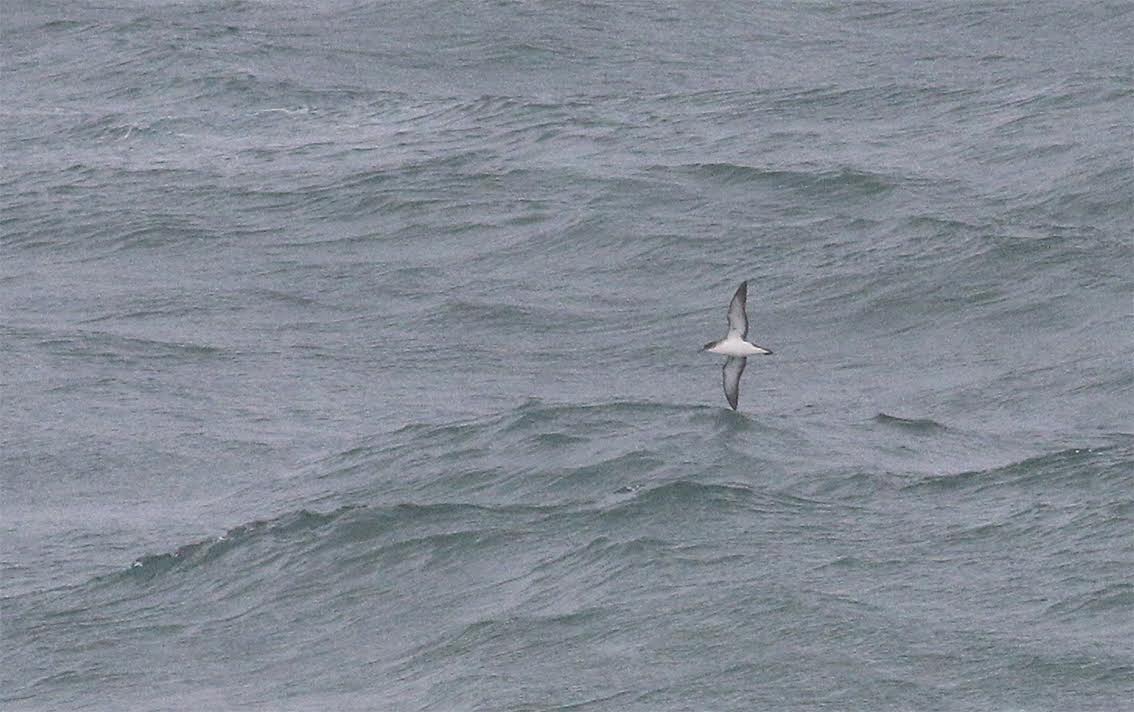Between 7am and 8pm of 16 September, ornithologists working on the project Peniche Seabird Count, on Portugal’s coast, registered 13.000 Manx shearwaters (Puffinus puffinus) passing by on their migration, a number they call “astronomical”.
Peniche is a village in Leiria district, near Atlantic Ocean, in the Centre of the country. It’s considered one of the best places in Europe to watch seabirds migration, on their way to Africa.
And 16th September is a day to remember, says Hélder Cardoso, one of the coordinators of Peniche Seabird Count, a project running from 15th August until 15th November to count the seabirds passing by Peniche’s coast. In that day alone the ornithologists counted over 21.330 seabirds. More than the 15.049 counted by the project from 15th August until 10th September.
But the most surprising thing was the 13.000 Manx shearwaters.

“This is a relatively rare species off Peniche coast”, says Hélder Cardoso. Since the project begun, in August, the average number for this species was 45 birds per hour. But on that day, it escalated to 1.000 birds per hour.
Hélder Cardoso believes these Manx shearwaters came from the British Isles and Ireland, where they nest, and were heading to South America’s coasts and Africa to spend the winter.
One day, 27 different species
Besides Manx shearwaters, ornithologist also registered “interesting numbers of Sooty shearwater (Puffinus griseus), with 1.600 birds”, he tells us.
Hélder Cardoso explained that this phenomenon was due to meteorological conditions. “The abnormal numbers of Manx shearwaters and other species can be explained by the two low barometric pressures in Biscay Gulf on the day before.” Those pressures “brought with them cold fronts that wiped out Galician and Portuguese coasts, pushing seabirds on migration towards the coast”. “When the bad weather was over, all the seabirds kept flying south, closer to the land”, he added.
On 16th September, ornithologists registered 27 different species flying by Peniche. “The most observed species, besides Manx shearwaters, were Sooty shearwater (1.514); great skua (Stercorarius skua, 247) and Arctic skua (Stercorarius parasiticus, 414). All of these species gave us unusual records”, said Hélder Cardoso.


